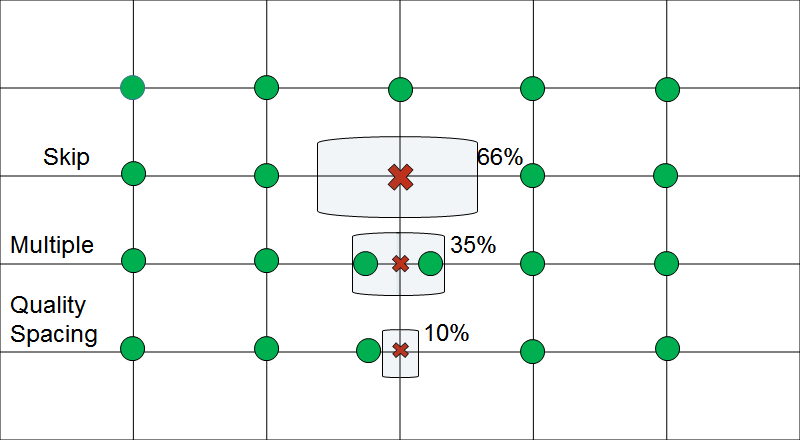Quick Tips for Using Your Phone to Manage Your Farm
This is one of the busiest seasons for farmers. You’re looking for any and all opportunities to save time. Look no further than the mobile phone in your hand! Here are some quick tips for leveraging mobile farm management and getting some hours back in your day.
We know this works because farm software users such as Terry Aberhart, owner of Sure Growth Technologies and owner/operator of Aberhart Farms in Saskatchewan, are experiencing the time-saving (and headache-reducing) benefits every day.
“It makes a big difference when you have almost all your farm data at your fingertips at all times,” says Aberhart. “The entire team can manage, view, and input data. Having the entire farm mapped, field records, weather data, and inventory management available is a huge value and something almost all of our team members use every day.”
In fact, Aberhart attributes a 30-40 percent in time savings directly to his team’s use of software across all aspects of the farm operation.
A big part of these operational efficiencies can be attributed to aspects of farm management that can now be done with a smartphone. The efficiencies continue especially if the farm management app works with both Apple iOS and Android devices, and if it continues to work even if you lose your WiFi or cellular signal.
Trimble Ag engineers put a lot of time and energy into developing our mobile app because it’s clearly the direction today’s most successful farmers are moving. A recent study by Ipsos found that 80 percent of Canadian farmers use smartphones. That’s a higher adoption rate than the overall population, which probably comes as no surprise to the farmers reading this blog. You know how essential your phone is to your ability to run your farm. What we outline below are 3 quick ways for accomplishing that:
1. Assigning tasks and keeping track of farm work progress
Think of your farm operation’s morning routine. Does everyone gather in the office to see the manager standing at a whiteboard laying out all the work to be done that day? Does the manager assign jobs to each person, answer questions, and then everyone heads out to do their specific job on time, on the right field, with the right equipment with no overlap or redundancies, application mistakes, or miscommunication?
While that may be the case some lucky days, it’s fair to say that this isn’t always how works in real life. Running a farm business is hectic and can get downright chaotic during the busy planting and harvest seasons. Large farm operations that bring on 10+ workers during have a significant number of moving parts to constantly juggle.
A major pain point, then, is that the farm manager is spending a lot of his day checking on workers, finding out what’s been done, where to send them next, and also contacting them if there’s been a change to the original plan or in priorities for the day.
This is where a transparent system that can track farm jobs on a smartphone, like the Work Orders feature, can reduce a lot of pain and manual time spent checking on project status.
2. Maximize use of your farm fleet
Here, the value is in being able to access real-time fleet locations and the status of each — all from your cell phone.
Why is this important? Imagine being able to know which of your vehicles are idling at the touch of a button on your phone. Or knowing the precise location of each vehicle and having the ability to send one of your operators exact directions to find it from your phone. What about the ability to easily see which of your vehicles are working and performing at a high level of efficiency? This information is critical to have quickly available especially when planning out field tasks or budgeting, and is all possible with Trimble Ag Mobile fleet management tool.
3. Manage Labor
Let’s turn to how you can use your phone to track hours and maximize worker productivity. How do you keep track of when workers clock in or out? What about how long they take for breaks or lunch? And what about tracking hours for payroll? How accurate is the system you’re using today?
Or, say an immediate need comes up on a certain field. If it’s lunchtime, do you know which farm employee is taking a break closest to that field so they can go check it out? For large operations, having this information in the palm of your hand could save a lot of valuable time.
Trimble’s solution is Time Tracker, which allows farm managers to view detailed statistics on time worked by employee, access performance reports of your team, find historical time entries by pay period, and all of this with your mobile device.
To learn more about mobile farm management, check out our free on-demand webinar.

